Case study: What we can learn from working with complicated cases

A new client showed up to our first appointment a few years ago with a long list of serious health issues. It included things like sleep apnea, fibromyalgia, atrial fibrillation, vein thrombosis, and restrictive lung disease – the list was literally two pages long (he brought this list to all his medical appointments).
I must admit that I had a moment of internal panic (“OMG, what am I going to do with you?!”). But in the course of our conversation, it became obvious that in his day-to-day life, he was mostly bothered by overall body stiffness, lack of energy, and a foggy mind. As we dug a little deeper, it became clear that he experienced those mostly in the morning, and they seemed to be connected to his inability to sleep well. Matters were made worse by the fact that the client lived far from his family and didn’t have any close friends in the area, which made him feel isolated and sometimes depressed. Based on those observations, we decided to focus on the following key areas:
- Sleep problems
- Morning stiffness
- Dealing with social isolation.
1. Sleep problems.
We investigated the client’s bedtime routine and concluded that he didn’t do anything stimulating before bed. Since he usually didn’t have the energy to do a yoga practice at night, we created a simple breathing practice that he could do in bed before he fell asleep or if he woke up in the middle of the night. Our goal was to utilize Langhana techniques to evoke a parasympathetic response.
He responded well to the following breathing practice:
- IN=EX / 10 breaths (equal length inhalation and exhalation, whatever length is comfortable)
- IN<EX / 10 breaths (lengthen exhalation, whatever feels appropriate)
- IN<EX +PAUSE / 10 breaths (add a slight pause after the exhalation, softening the entire body)
Afterward, he did progressive body relaxation, starting from the feet, using his own mantra: “I am feeling warm and heavy.”
2. Morning stiffness
The client experienced stiffness along the whole length of the spine and most other joints (shoulders, elbows, wrists, hands, hips, knees, and ankles). We created a short morning practice for him to move his spine in every direction (gently) to increase the range of motion and relieve stiffness, as well as mobilize all major joints in non-weight-bearing positions to avoid stressing them. Since the client could not stand or sit for extended periods of time and could not be on his knees, the practice included some poses done in a chair and some done in the standing position. We also included Krama inhalation (breaking the inhalation down into two parts), which kept him focused and helped create an uplifting effect in the system.
3. Dealing with social isolation.
We discussed the things that he did to keep his spirits high (writing, going to classical concerts, and going out with people he knows), and I encouraged him to do those more often. He also found solace in movies, reading, meditating, and walking. I encouraged him to walk a few times a day, which seemed to help with his stiffness and his mood. I also added the following chant to his yoga routine: EX (say mentally) Om mam dhehi, mai dhehi, which I loosely translated as “ May I be blessed, may every living being be blessed.” He deeply connected to the chant.
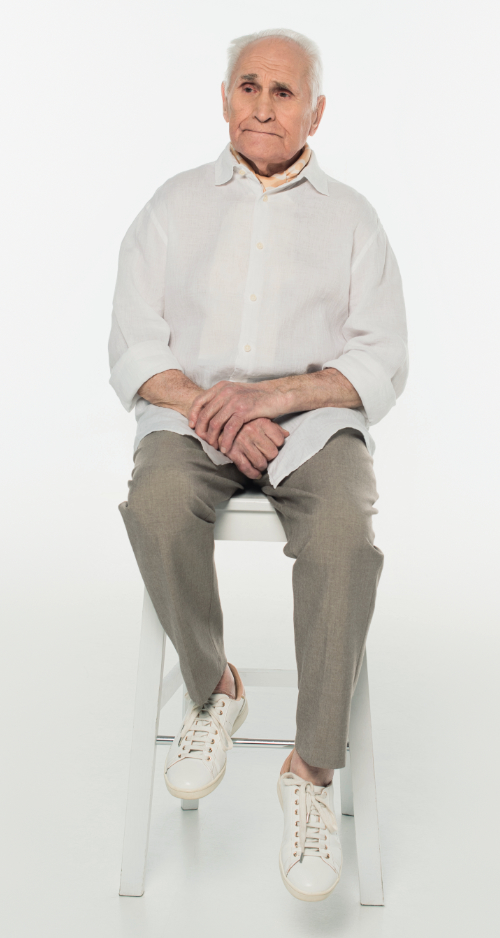
Doing all those things didn’t solve all of the client’s problems, but it made his daily challenges a bit more manageable and elevated his spirits. Working with him taught me some valuable lessons as well:
- We cannot “fix people,” nor can we cure them of complex medical issues. But we can help them manage the symptoms, improve their attitude, and change their relationship with the disease.
- We are working with people, not health conditions. The same condition can be debilitating to one person and not nearly as disruptive to the other. We need to figure out how the condition affects the client in day-to-day life and use that as a jumping-off point.
- We never stop investigating. Things that work for one client might not work at all for another client in a similar situation. We keep trying and always monitor the client’s response to the practice.
- Often, with serious health issues, it’s more about what the client shouldn’t be doing than about what he should be doing. It’s always best to check with his doctor about contraindications.
And most of all – there is no need to be scared! All we have to do is listen and ask questions to figure out how the client’s daily life is affected by his condition – then, we can work on making his life a little bit easier with his yoga practice.

What factors do you consider when you design yoga practices for your students? Check out this 3-minute video to see real-life examples of students with lower back pain benefitting from different kinds of practices.

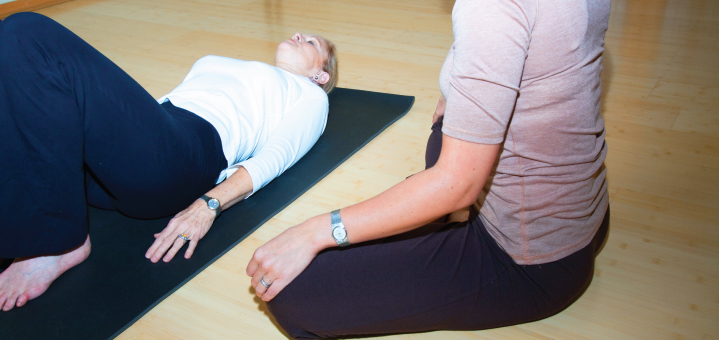

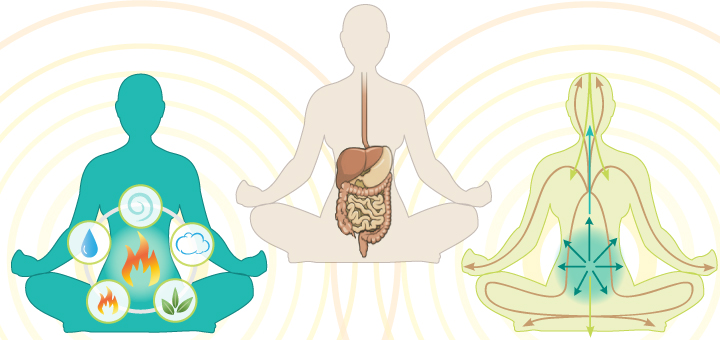
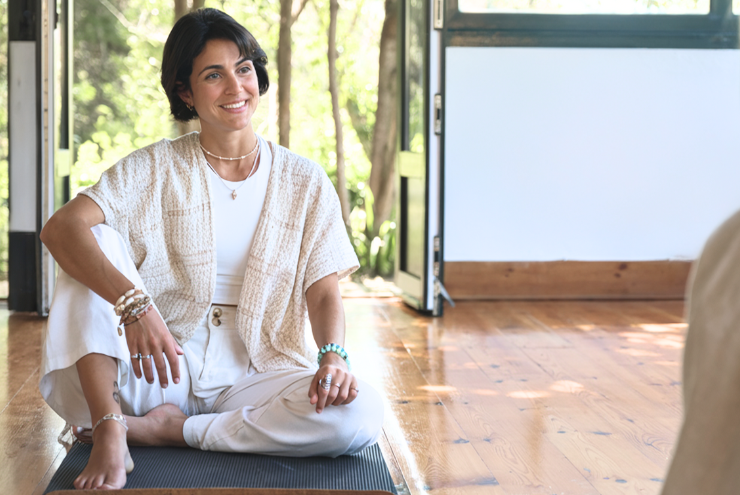


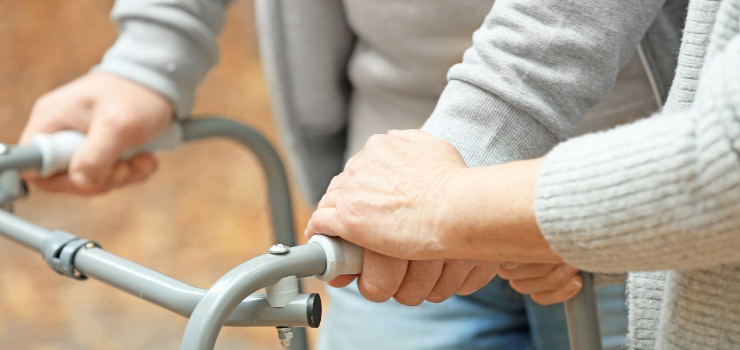

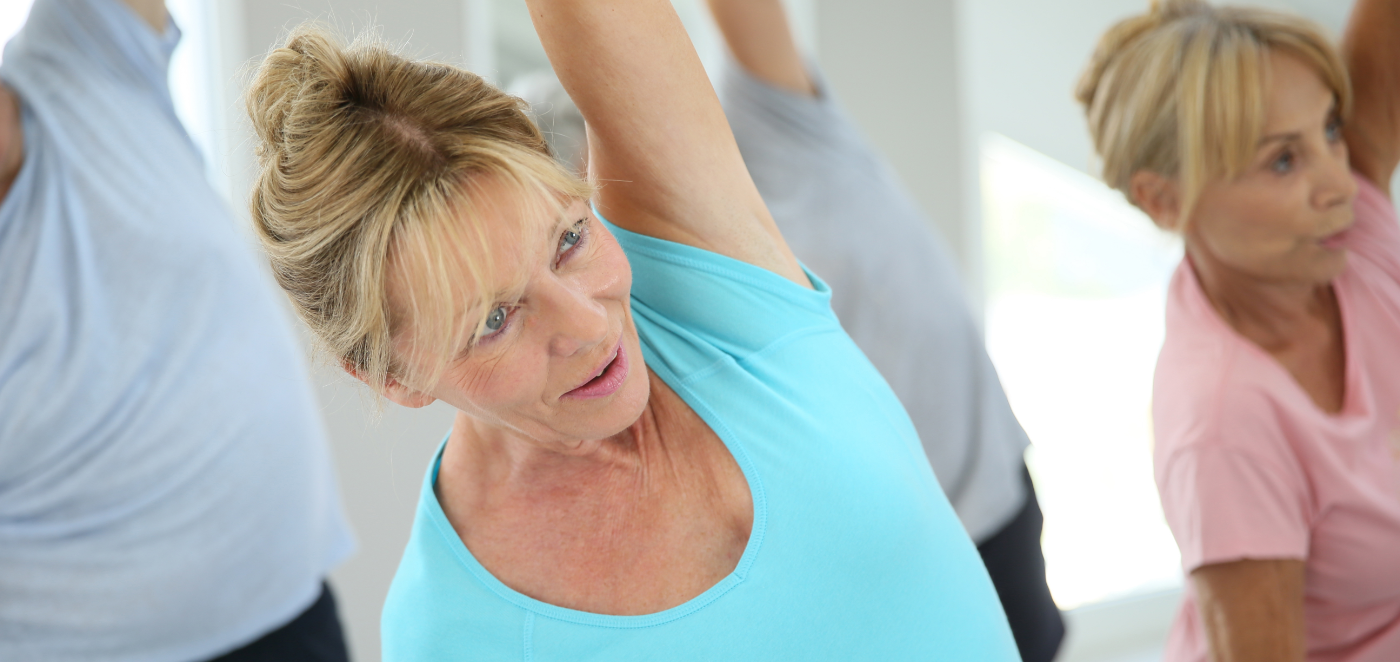
The only thing the treats my sleep apnea is a CPAP machine used / worn at least 5 hours every night. Sleep apnea causes sleep deprivation which causes a whole host of mental and physical problems.
Hi Olga. Another informative post – thank you. In regard to sleep difficulties, can you tell me if is there a particular benefit to starting progressive relaxation at the feet vs. somewhere else on the body? At an iRest training that I attended last year, we were told to start at the feet also so now I’m curious as to why. Thank you for any insight you can share.
What has improved my sleep pattern, thus quality of sleep, the most is doing yoga nidra and I don’t even have to do it every day!
Hey Olga,
thanks for this article! This is very helpful. In my classes, I often have participants who had a herniated disc (hope that’s the correct name in English). Usually, this makes me feel uncomfortable because I’m not a doctor or therapist and often think that many people come to yoga after having suffered from injuries.
I deal with it asking questions how they feel now, if they still have issues. I also encourage them to listen well to their body during the postures and better stop for a pause if they feel it’s too much. During the class, I often go to them, ask how the posture feels and we sometimes also adapt the postures.
Any tips on that? Are there any postures, such as e.g. strong forward bends, you would avoid?
Cheers
Stefanie
Hi Stefanie – this is a complicated issue. Some people who have herniated disks don’t have any symptoms, others have debilitating pain. Constantly checking in with them certainly helps – it’s great if you can teach them body awareness so that they can feel themselves what is a good idea for them and what isn’t. Personally, I usually suggest that folks like that (who have any sort of serious issue) come and see me for a private session, where we test out different simple movements and try to determine what needs to be modified for them. Starting gentle is always the key, working on core strengthening and avoiding deep bends in any direction are some basic ideas. When in doubt, contact their doctor or have them take some sort of a form to their doctor to approve/ disapprove specific movements. For everyone involved it’s better to be safe then sorry!
Thank you, Olga!
Yeah, I think a private session is a good idea since it allows you to work individually. Now in the gym where I teach, the participants have a general membership. I might see how to check in with them in a different way. Contacting their doctor is a great tip as well, thank you again!